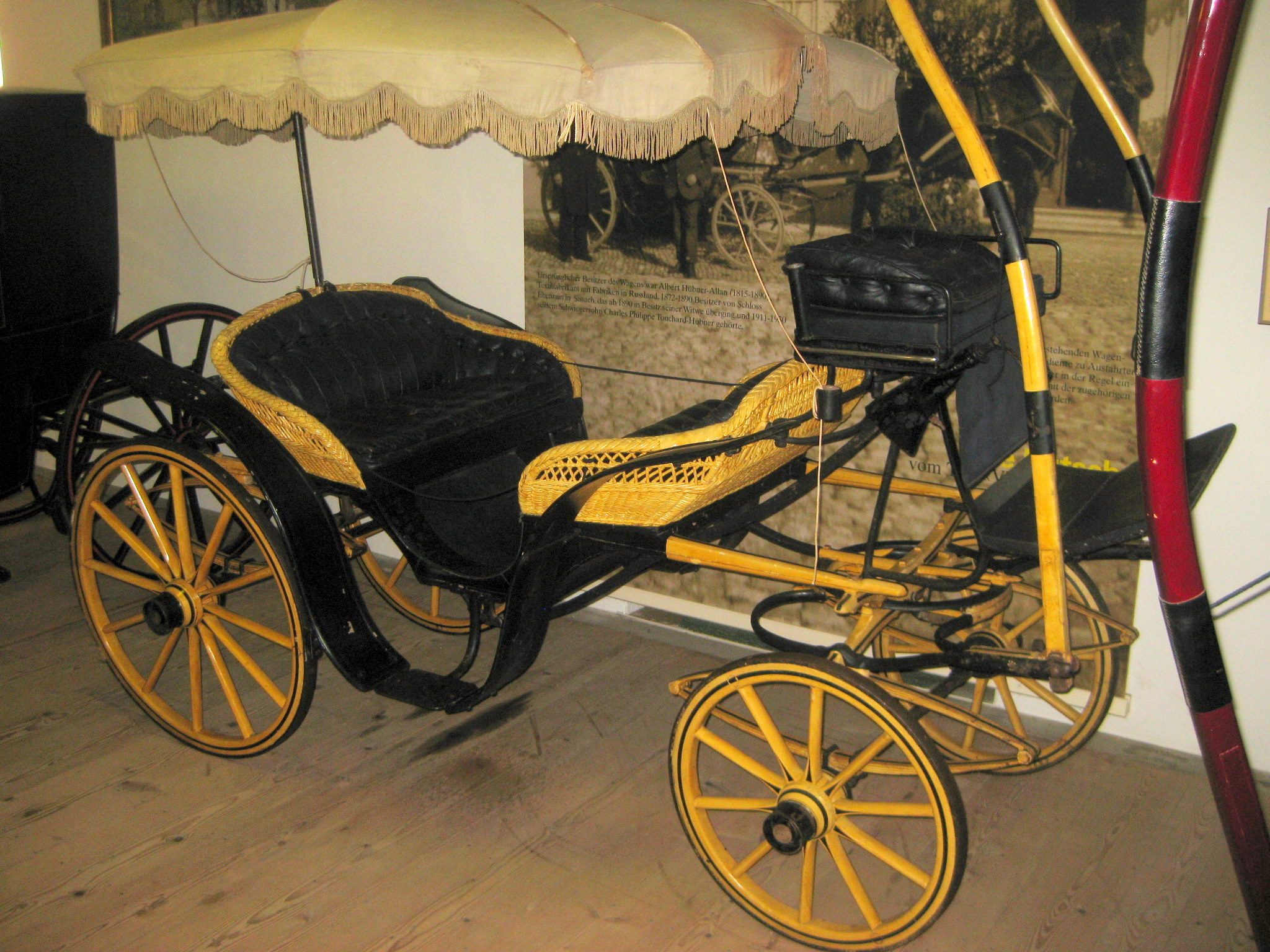|
La Lorraine
La Lorraine was a French automobile manufactured in Bar-le-Duc, Meuse by Charles Schmid from 1899 until 1902. A ''vis-à-vis Vis-à-vis may refer to: * Vis-à-vis, a French expression in English, literally "face to face (with)", meaning in comparison with or in relation to * ''Vis-à-vis'' (album), by Karol Mikloš, 2002 * Vis-à-vis (carriage), a type of horse-drawn ...'', it featured infinitely variable belt-drive. References David Burgess Wise, ''The New Illustrated Encyclopedia of Automobiles''. Lorraine, La {{veteran-auto-stub ... [...More Info...] [...Related Items...] OR: [Wikipedia] [Google] [Baidu] |
Automobile
A car, or an automobile, is a motor vehicle with wheels. Most definitions of cars state that they run primarily on roads, Car seat, seat one to eight people, have four wheels, and mainly transport private transport#Personal transport, people rather than cargo. There are around one billion cars in use worldwide. The French inventor Nicolas-Joseph Cugnot built the first steam-powered road vehicle in 1769, while the Swiss inventor François Isaac de Rivaz designed and constructed the first internal combustion-powered automobile in 1808. The modern car—a practical, marketable automobile for everyday use—was invented in 1886, when the German inventor Carl Benz patented his Benz Patent-Motorwagen. Commercial cars became widely available during the 20th century. The 1901 Oldsmobile Curved Dash and the 1908 Ford Model T, both American cars, are widely considered the first mass-produced and mass-affordable cars, respectively. Cars were rapidly adopted in the US, where they replac ... [...More Info...] [...Related Items...] OR: [Wikipedia] [Google] [Baidu] |
Bar-le-Duc
Bar-le-Duc (), formerly known as Bar, is a commune in the Meuse département, of which it is the capital. The department is in Grand Est in northeastern France. The lower, more modern and busier part of the town extends along a narrow valley, shut in by wooded or vine-clad hills, and is traversed by the Ornain, which is crossed by several bridges. It is bordered on the north-east by the Marne–Rhine Canal and on the south-west by a small arm of the Ornain called the ''Canal des Usines'', on the left bank of which the upper town (''Ville Haute'') is situated. The highly rarefied Bar-le-duc jelly, also known as Lorraine jelly, is a spreadable preparation of white currant or red currant fruit preserves. First mentioned in the historical record in 1344, it is also colloquially referred to as "Bar caviar". History Bar-le-Duc was at one time the seat of the county, from 1354 the Duchy of Bar. Though probably of ancient origin, the town was unimportant until the 10th cent ... [...More Info...] [...Related Items...] OR: [Wikipedia] [Google] [Baidu] |
Meuse (department)
Meuse () is a department in northeast France, named after the River Meuse. Meuse is part of the current region of Grand Est and is landlocked and borders by the French departments of Ardennes, Marne, Haute-Marne, Vosges, Meurthe-et-Moselle, and Belgium to the north. Parts of Meuse belong to Parc naturel régional de Lorraine. It had a population of 184,083 in 2019.Populations légales 2019: 55 Meuse INSEE Front lines in during ran varying courses through the department and it hosted an important battle/offensive in 1916 ... [...More Info...] [...Related Items...] OR: [Wikipedia] [Google] [Baidu] |
Vis-à-vis (carriage)
A vis-à-vis is a carriage in which the passengers sit face to face with the front passengers facing rearward and the rear passengers facing forward. The term comes from the French ''vis-à-vis'', meaning face to face. These carriages are still commonly made by Amish carriage makers in the midwestern United States. Also in the Western world, the vis-a-vis is the most common type of carriage style used to cart tourists and leisure seekers in downtown urban settings. Passengers sit back-to-back on dos-à-dos carriages. Examples The following types of carriage had vis-à-vis seating: * Barouche * Berline * Landau Automobiles There were vis-à-vis automobiles in the early history of motoring. These were driven from the forward-facing rear seat, with front passengers sitting ahead of the steering controls and facing the driver. , page=484 Passengers in the front seat would obstruct the vision of the driver in the rear seat, and the style fell out of favour before 1905. See ... [...More Info...] [...Related Items...] OR: [Wikipedia] [Google] [Baidu] |


